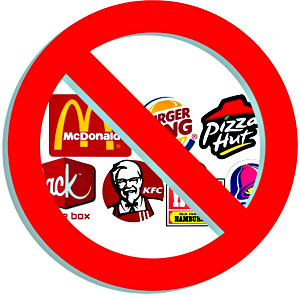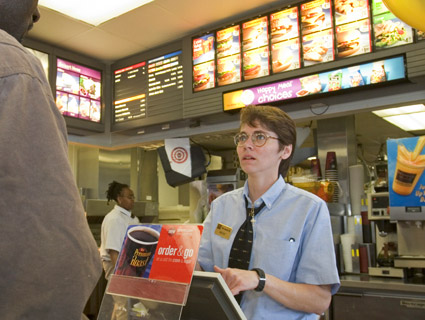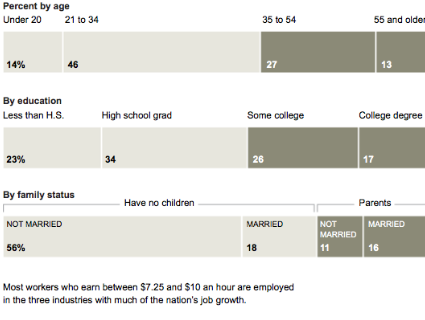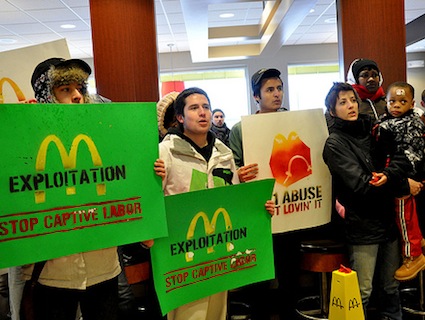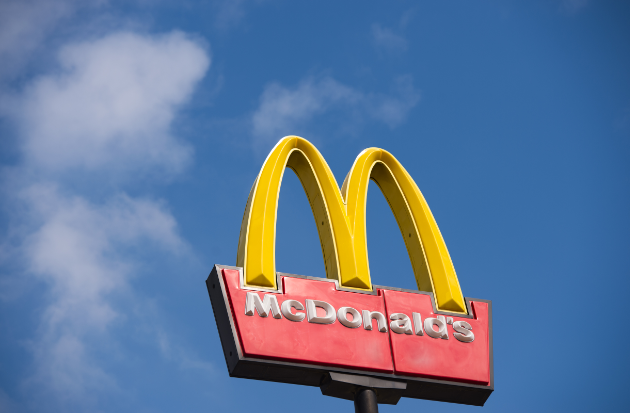
<a href="http://www.shutterstock.com/cat.mhtml?lang=en&search_source=search_form&version=llv1&anyorall=all&safesearch=1&searchterm=mcdonalds&search_group=#id=112098983&src=nytanO52r5lndfdUFoNPmg-1-22">hxdbzxy</a>/Shutterstock
On Thursday, fast food workers around the country will walk off their jobs in what is expected to be the largest strike the $200 billion industry has ever seen.
Workers at McDonald’s, Burger King, Wendy’s, and KFC will strike in 50 cities—from Boston to Denver to Los Angeles—demanding a wage increase to $15 an hour. They will be joined by retail workers at stores like Macy’s, Victoria’s Secret, and Walgreens, and members of the Congressional Progressive Caucus.
The strikes follow a massive walkout by fast-food workers in July, and are the latest in an escalating series of strikes hitting the industry.
As we noted last month:
Many fast-food workers are paid at, or just above, the minimum wage. The federal minimum wage is $7.25, though it’s higher in 18 states and the District of Columbia. Fast-food wages have fallen 36 cents an hour since 2010, even as the industry has raked in record profits.
This is part of an economy-wide problem; the bottom 20 percent of American workers—some 28 million employees—earn less than $9.89 an hour, or $20,570 a year for a full-time employee. Their income fell five percent between 2006 and 2012. Meanwhile, average pay for chief executives at the country’s top corporations leaped 16 percent last year, averaging $15.1 million…
The mobilization of fast-food workers is a pretty new thing, because the industry has traditionally had high turnover. But the slow economic recovery, which has been characterized by growth in mostly low-wage service sector jobs, has resulted in a growing population of adult fast-food workers who can’t find other work.
Many fast food workers are forced to rely on public assistance just to get by.
Use our calculator to get a better sense of what fast-food workers are up against.


